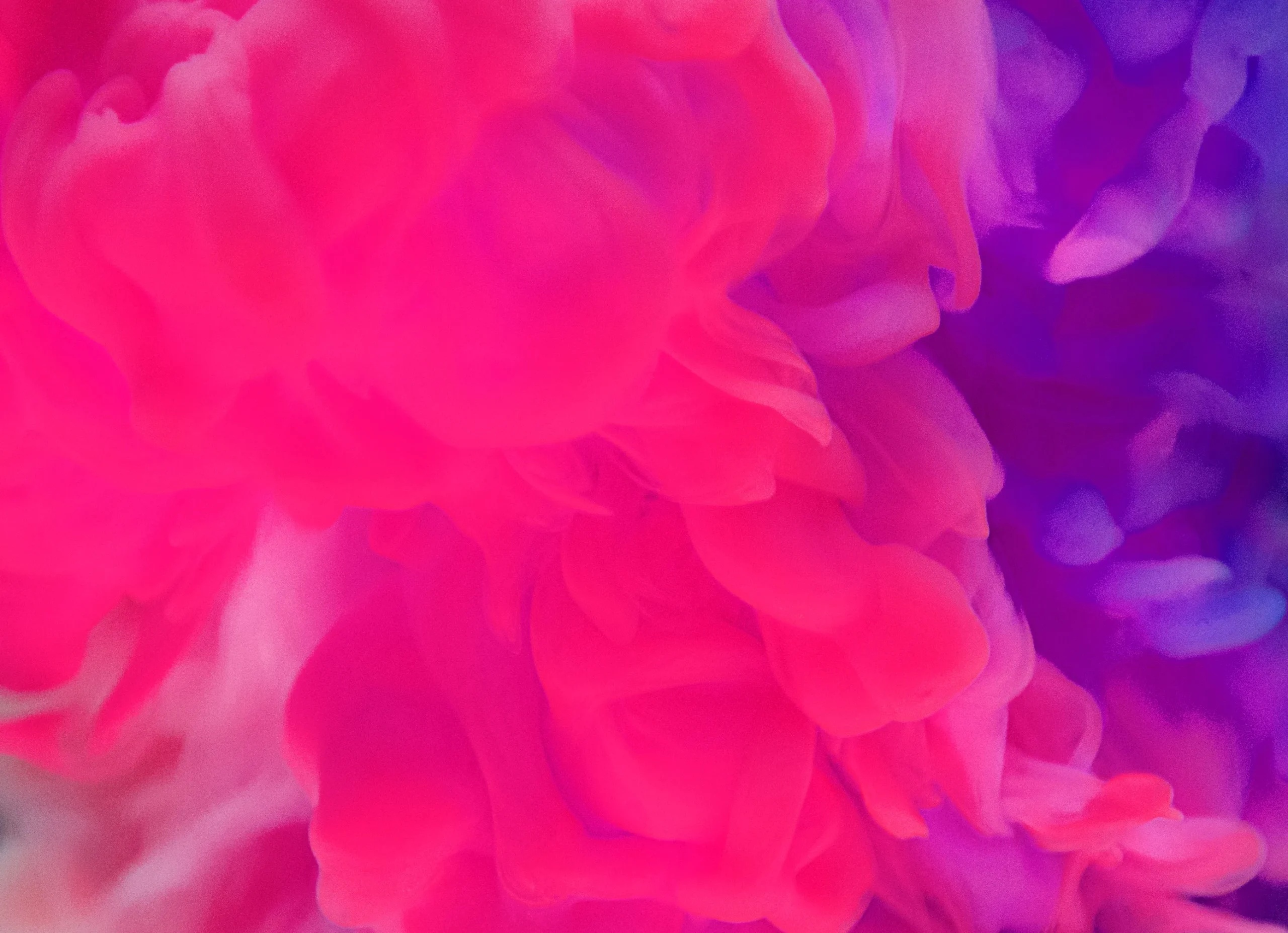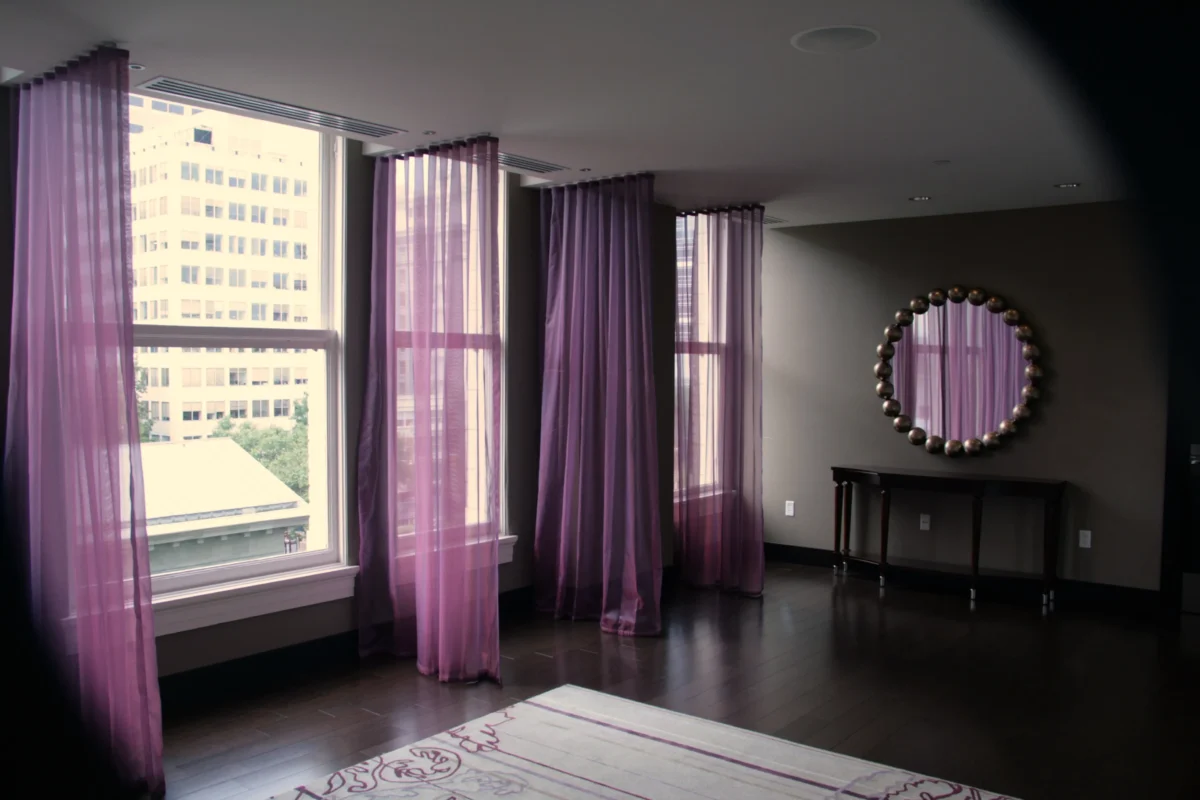Creating Stunning Color Combinations: Expert Tips for Choosing the Perfect Colors to Pair with Pink
If you’re a handy man who loves to tackle DIY projects, then you know that choosing the right color scheme can make all the difference. When it comes to pink, it can be a tricky color to work with, but fear not! With a little understanding of color theory and some expert advice, you can create stunning combinations that will make your projects stand out.
In this article, we’ll cover everything you need to know about the best colors to go with pink. From understanding color theory and the color wheel, to selecting the perfect shade of pink for your project, to exploring complementary and analogous color combinations, we’ve got you covered. We’ll even take a look at real-life examples of successful pink color schemes in various settings. So put on your color-picker hat and let’s get started! Keep reading to learn more.
Understanding color theory and the color wheel.
Understanding color theory and the color wheel can be incredibly helpful when trying to choose the best colors to go with pink. As a handy man who is good at fixing things, you may not have extensive knowledge of art or design, but learning about color theory can make a big difference in your work.

The first thing to understand is that all colors are made up of three primary colors: red, blue, and yellow. These primaries cannot be created by mixing other colors together. When you mix two primary colors together, it creates a secondary color – orange (red + yellow), green (blue + yellow), or purple (red + blue).
Now let’s bring in pink – which is essentially light red mixed with white. Pink falls between red and purple on the traditional color wheel.
So what are some complementary or harmonious options? Green complements pink as its opposite on the standard RGB model’s chromatic circle; similarly oranges like peach will create harmony through their shared warm hues.
Keeping these basic principles of complementary and analogous hues in mind should help guide your decisions for choosing effective accent colours when working with shades of pink!
How to choose the right shade of pink for your project?
Are you looking to add a touch of pink to your project, but struggling with choosing the right shade? Don’t worry, as a handy man who is good at fixing things, we’ve got you covered.
Firstly, consider the purpose of your project. Is it for a nursery or children’s room? A soft and gentle pastel pink would be perfect. For an office space or formal setting, opt for a more muted and subtle shade such as dusty rose.
Next up is considering complementary colors. Pink pairs well with neutrals such as white and beige for a classic look. For something bolder, try combining pink with navy blue or emerald green.
Remember that lighting can also affect how the color appears in your space. Test out different shades under different lighting conditions before making your final decision.
Lastly, trust your instincts! If you have an emotional connection to a particular shade of pink – go for it! Your personal taste should always take priority when it comes to creating something unique and special.
In conclusion, choosing the right shade of pink involves considering its purpose in addition to complementary colors and lighting conditions while also trusting one’s personal taste above all else. Happy painting!
What colors are complementary to pink that pair well together?
As a handyman, you know that color schemes can make or break the aesthetic appeal of any room. If you’re looking to pair pink with complementary colors, there are several options that can help create an eye-catching and visually pleasing combination.
« cleaning deep fat fryer with dishwasher tablets
How to Build Cubbies for a Mudroom »
One option is to pair pink with green. This pairing creates a fresh and lively look. Adding shades of pale mint or olive will balance out the boldness of the pink while still making it stand out.
Another great option is to combine pink with blue tones such as navy or sky blue. This pairing creates a calming effect while also providing contrast for your space.
For those who want a more daring look, try combining hot pinks with bright oranges for an energetic and playful feel in your decor.
If you prefer more neutral tones but still want to incorporate some colors into your design scheme, consider combining soft shades of gray or beige with light pinks for an elegant yet subtle touch.
Regardless of which complementary color combinations you choose, remember that personal preference plays a big role in creating the perfect color scheme for any space. Trust your instincts and don’t be afraid to experiment until you find what works best!
Analogous colors that create harmony with pink are.
As a handyman with an eye for design, you know that choosing the right color scheme can make all the difference in creating a harmonious and visually appealing space. When it comes to pairing colors with pink, there are several analogous hues that can create a stunning effect.
Analogous colors are those that sit next to each other on the color wheel, and they naturally complement one another. For pink, consider incorporating shades of red or purple into your design scheme. These colors not only pair well with pink but also add richness and depth to any room.
For example, try pairing soft blush pink walls with deep burgundy curtains or accent pillows in shades of plum or lavender. The result is a warm and inviting space that feels both cozy and sophisticated.
Another option is to pair pale pastel pinks with brighter coral tones for a playful yet chic look. This combination works particularly well in beachy or bohemian-inspired spaces where bright pops of color are encouraged.
Overall, when working with pink as your base hue, don’t be afraid to experiment with different analogous shades until you find the perfect combination for your project. With these tips in mind and some creative inspiration at hand; you’ll be able to create something truly unique!
Examples of successful pink color combinations in various settings
Are you a handyman who loves to add a touch of color to your projects? Look no further than pink! Pink is a versatile and playful color that can be used in various settings, and when paired with the right colors, it can create stunning combinations.
In the kitchen, try pairing pink with white or light gray for an airy and modern feel. In the bedroom, pair it with navy blue or dark green for a sophisticated look. For those looking for something bold and daring, mix hot pink with black or gold accents in your living room.
But don’t just limit yourself to these classic combinations! Experiment by incorporating other complementary colors like mint green or pale yellow into your palette. Be brave and mix up different textures too – think velvet cushions against cotton sheets – adding depth to any space.
The use of pink as an accent is not limited only indoors. Add some excitement outdoors by painting garden furniture fuchsia-pink: perfect against lush greens during summer months!
So go ahead handyman – show off your creativity by using this underrated hue in unexpected ways! With its versatility and potential for unique design solutions; there’s never been better time than now- especially if you’re already good at fixing things- so let’s get started today on transforming any space into something truly special using successful pinks colour schemes that will leave everyone impressed!
Conclusion
Now that you have a better understanding of how to use pink in design projects, you’re well on your way to creating amazing color combinations. Don’t forget the power of combining shades and hues for more impactful designs! If you want to keep up with the latest trends, be sure to check out our blog frequently so we can provide further tips and insights into using pink effectively.









